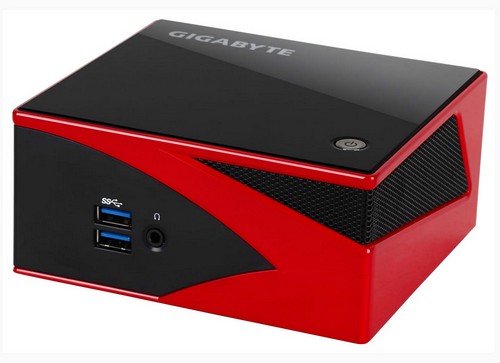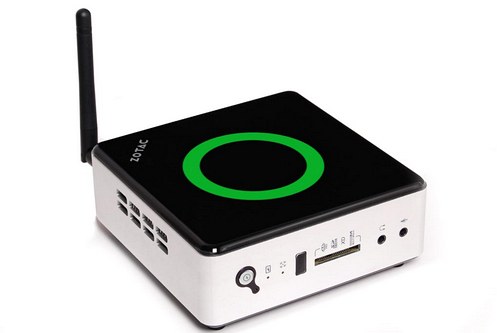Long-post, so split into two parts.
Back at the end of last year, I did my every couple of years routine of assembling a new desktop rig to see me through the next stretch. That PC now sits comfortably in its own corner at our workroom, and has worked very well for 8 months now without any issues. Interestingly, when I did a routine check on its internals, there was noticeably less accumulated dust and dirt inside it than I’d expected. Which made me wonder if it’s because our Minton home is less dusty than our old Rivervale place. In any case, at some point, I’d be thinking very hard about making a couple of custom dust filters and putting it at the vents of this machine.
Another PC project I’d been thinking of putting together since moving in has been a PC that would be connected to one of our two flat-screen TVs. The motivation for this came about when Hannah started expressing interest at the start of the year to see photos and videos of herself when she was a toddler. Now, most media players can do that to a degree, but format support remains iffy, and the user-interface is also clunky. Forget about scrolling through several thousands of pictures in each folder, and file searches too. The PS3 fares somewhat better with its support of video and picture formats but not by much. So, this home pictures and video rig would had to be based off a PC configuration and running a traditional desktop operating system.
The main challenge though was figuring out a suitable size for it. My requirements for this rig varied over the months, and they went something like this:
Compact enough to fit into our customized TV console deck, or sit on top of it.
Can run full HD content well.
Offer internal storage options of reasonably large capacities (as in a couple of TBs), and preferably chassis space for both an SDD as primary drive and a separate HDD for media.
Can be dual-purposed to run 3D games with some future-proofing.
The last requirement one was especially tricky, as 3D games require decent graphic processing unit cards, and those things are not small, and more significantly, require significant cooling apparatus and ventilation space to keep them operating optimally too. The PC market has seen a selection of miniature PCs, especially from lines like Asus EEE PCs, Zotac Mini-PCs, and Gigabyte Brixes. The EEE PCs are very stylish, compact and would have been a pleasing and futuristic accessory that would go well with the cabinets. But while their line of machines would not be able to drive anything beyond simple flash-based games. The Zotac and Gigabyte Brix mini-PCs offer a decent range of configurations and choices, with their top-line solution available here being rigs that include an i5/i7 processors alongside Iris Pro 5200 graphics. I found the Zotac models rather drab-looking externally, and favored the Gigabyte models for their strong paint jobs for the casings.


The Iris Pro solution was interesting, as it’s widely regarded as one of the current quickest integrated video solutions for small form-factor PCs. It would have run current 3D games somewhat well but wasn’t especially future proof against upcoming content – and more worryingly, the early reviews of the Gigabyte Brix models with the Iris Pro noted serious heat and noise issues. Gigabyte had just announced a new Brix model that would feature a quicker and dedicated graphics card based off the GTX760, but that model wasn’t available here yet – and judging from the prices of the American pricing, would have probably cost about S$1.5K once memory and storage solutions had been included in. These mini-PC models too typically also offer a single-bay for storage options: which would have meant that I’d have to go with a 2.5 inch HDD (slower program and operating system access than an SSD), and also limited to 2TB in capacity too currently.
More in the next post!
Recent comments